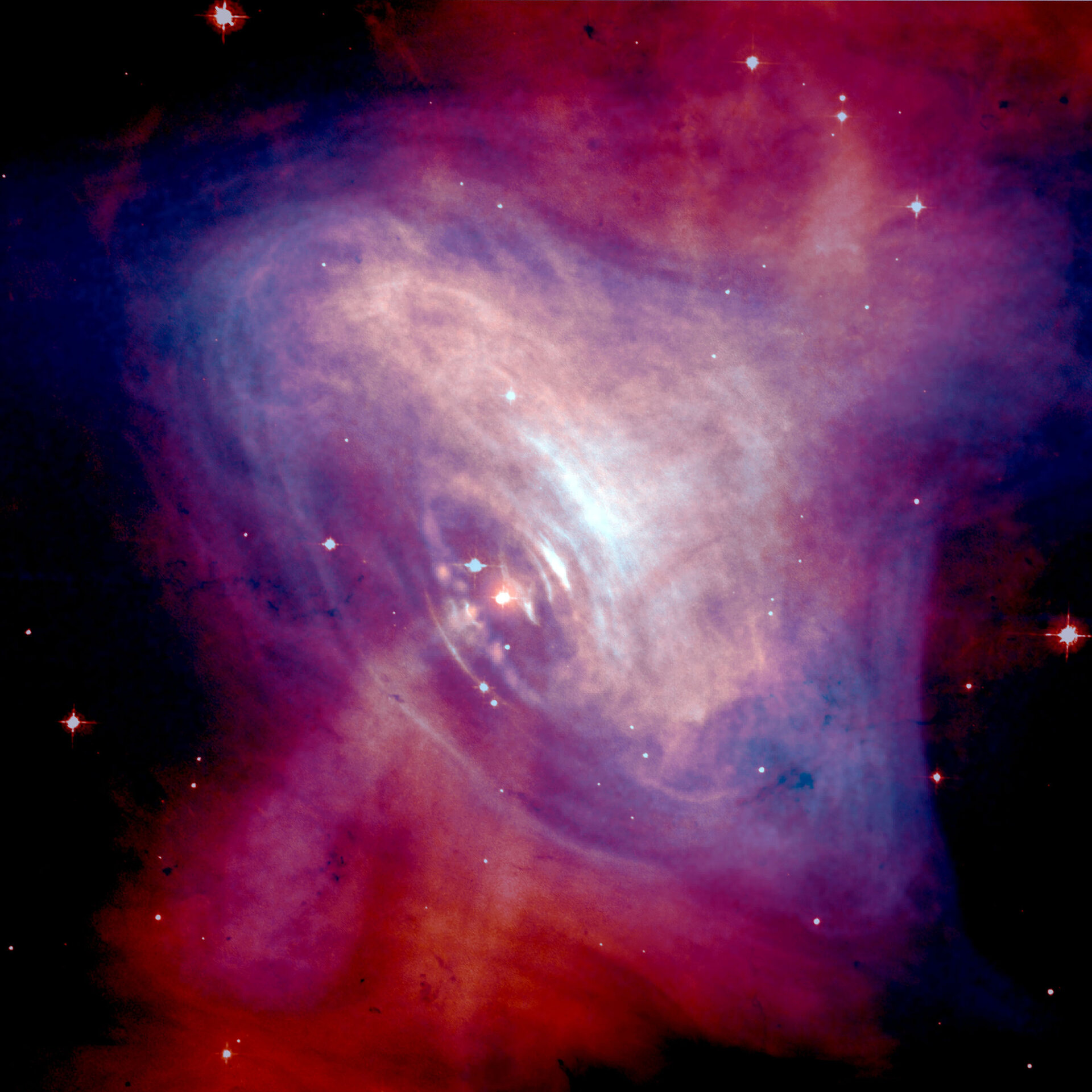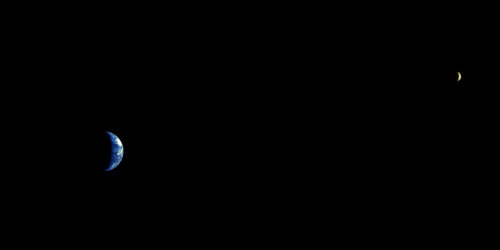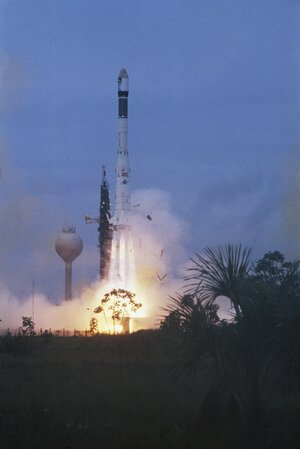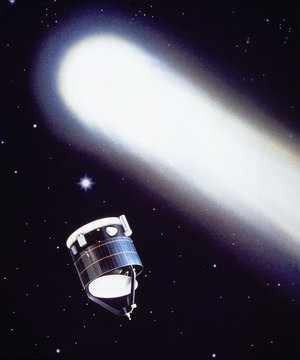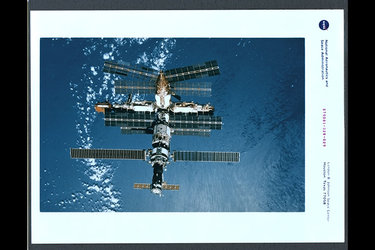5 July
1054: On 5 July 1054, a powerful celestial explosion brightened the summer sky. It was the spectacular explosion of a supernova, the violent death of a star that may have been as much as ten times more massive than our Sun. Chinese astronomers saw and recorded the star's demise.
Appearing in the sky above the southern horn of the constellation Taurus, this star was described by the Chinese as six times brighter than Venus and about as brilliant as the full Moon. The remains of this star were later christened the Crab Nebula, a cloudy, glowing mass of gas and dust about 7000 light-years from Earth.


